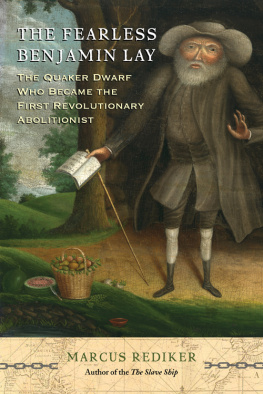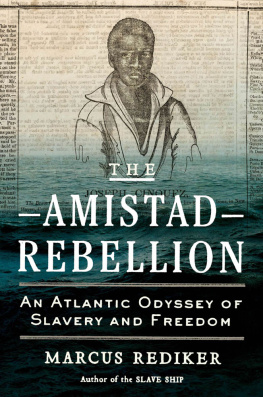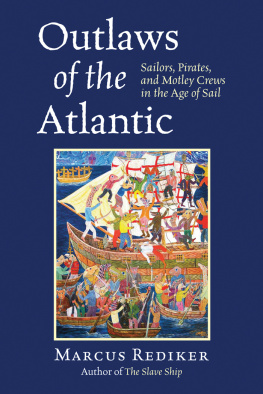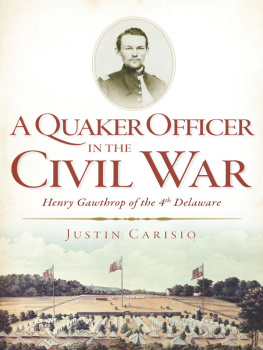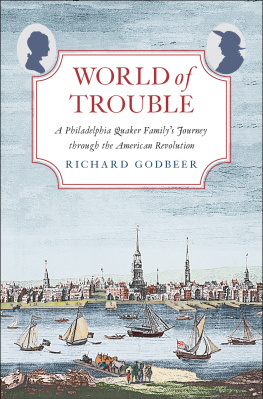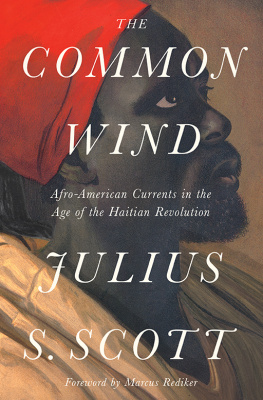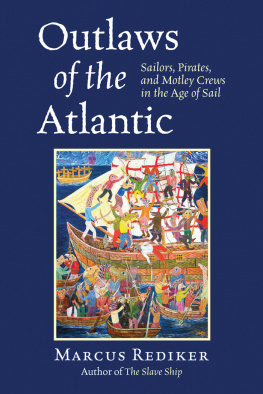Marcus Rediker - The Fearless Benjamin Lay: The Quaker Dwarf Who Became the First Revolutionary Abolitionist, with a New Preface
Here you can read online Marcus Rediker - The Fearless Benjamin Lay: The Quaker Dwarf Who Became the First Revolutionary Abolitionist, with a New Preface full text of the book (entire story) in english for free. Download pdf and epub, get meaning, cover and reviews about this ebook. year: 2018, publisher: Beacon Press, genre: Romance novel. Description of the work, (preface) as well as reviews are available. Best literature library LitArk.com created for fans of good reading and offers a wide selection of genres:
Romance novel
Science fiction
Adventure
Detective
Science
History
Home and family
Prose
Art
Politics
Computer
Non-fiction
Religion
Business
Children
Humor
Choose a favorite category and find really read worthwhile books. Enjoy immersion in the world of imagination, feel the emotions of the characters or learn something new for yourself, make an fascinating discovery.

- Book:The Fearless Benjamin Lay: The Quaker Dwarf Who Became the First Revolutionary Abolitionist, with a New Preface
- Author:
- Publisher:Beacon Press
- Genre:
- Year:2018
- Rating:5 / 5
- Favourites:Add to favourites
- Your mark:
The Fearless Benjamin Lay: The Quaker Dwarf Who Became the First Revolutionary Abolitionist, with a New Preface: summary, description and annotation
We offer to read an annotation, description, summary or preface (depends on what the author of the book "The Fearless Benjamin Lay: The Quaker Dwarf Who Became the First Revolutionary Abolitionist, with a New Preface" wrote himself). If you haven't found the necessary information about the book — write in the comments, we will try to find it.
InThe Fearless Benjamin Lay, renowned historian Marcus Rediker chronicles the transatlantic life and times of a singular man--a Quaker dwarf who demanded the total, unconditional emancipation of all enslaved Africans around the world. Mocked and scorned by his contemporaries, Lay was unflinching in his opposition to slavery, often performing colorful guerrilla theater to shame slave masters, insisting that human bondage violated the fundamental principles of Christianity. He drew on his ideals to create a revolutionary way of life, one that embodied the proclamation no justice, no peace.
Lay was born in 1682 in Essex, England. His philosophies, employments, and places of residence--spanning England, Barbados, Philadelphia, and the open seas--were markedly diverse over the course of his life. He worked as a shepherd, glove maker, sailor, and bookseller. His worldview was an astonishing combination of Quakerism, vegetarianism, animal rights, opposition to the death penalty, and abolitionism.
While in Abington, Philadelphia, Lay lived in a cave-like dwelling surrounded by a library of two hundred books, and it was in this unconventional abode where he penned a fiery and controversial book against bondage, which Benjamin Franklin published in 1738. Always in motion and ever confrontational, Lay maintained throughout his life a steadfast opposition to slavery and a fierce determination to make his fellow Quakers denounce it, which they finally began to do toward the end of his life.
With passion and historical rigor, Rediker situates Lay as a man who fervently embodied the ideals of democracy and equality as he practiced a unique concoction of radicalism nearly three hundred years ago. Rediker resurrects this forceful and prescient visionary, who speaks to us across the ages and whose innovative approach to activism is a gift, transforming how we consider the past and how we might imagine the future.
Marcus Rediker: author's other books
Who wrote The Fearless Benjamin Lay: The Quaker Dwarf Who Became the First Revolutionary Abolitionist, with a New Preface? Find out the surname, the name of the author of the book and a list of all author's works by series.

